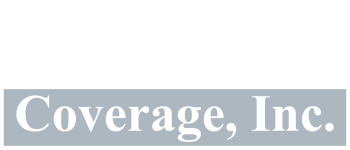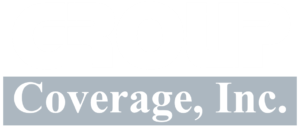Flood Insurance
National Flood Insurance Program (NFIP)
1) The NFIP is a program that makes federally-backed flood insurance available in those states and communities that agree to adopt and enforce flood-plain management ordinances to reduce future flood damage. (AFGP)
National Flood Insurance Program (NFIP). The program of flood insurance coverage and floodplain management administered under the Act and applicable federal regulations promulgated in Title 44 of the Code of Federal Regulations, Subchapter B.
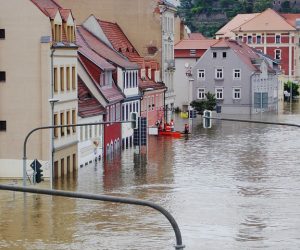
Flood Insurance

National Flood Insurance Program (NFIP)
1) The NFIP is a program that makes federally-backed flood insurance available in those states and communities that agree to adopt and enforce flood-plain management ordinances to reduce future flood damage. (AFGP)
National Flood Insurance Program (NFIP). The program of flood insurance coverage and floodplain management administered under the Act and applicable federal regulations promulgated in Title 44 of the Code of Federal Regulations, Subchapter B.
The National Flood Insurance Program provides insurance to help reduce the socio-economic impact of floods.
The National Flood Insurance Program (NFIP) is managed by the FEMA and is delivered to the public by a network of more than 50 insurance companies and the NFIP Direct.
The NFIP provides flood insurance to property owners, renters and businesses, and having this coverage helps them recover faster when floodwaters recede. The NFIP works with communities required to adopt and enforce floodplain management regulations that help mitigate flooding effects.
Flood insurance is available to anyone living in one of the 23,000 participating NFIP communities. Homes and businesses in high-risk flood areas with mortgages from government-backed lenders are required to have flood insurance.
What flood insurance covers
What does my policy cover?
Purchasing flood insurance will help protect the things you value. The NFIP offers two types of coverage – building coverage and contents coverage – to protect your home and belongings. Here are examples of what’s covered with NFIP flood insurance:
Building coverage protects your:
- Electrical and plumbing systems
- Furnaces and water heaters
- Refrigerators, cooking stoves, and built-in appliances like dishwashers
- Permanently installed carpeting
- Permanently installed cabinets, paneling, and bookcases
- Window blinds
- Foundation walls, anchorage systems, and staircases.
- Detached garages
- Fuel tanks, well water tanks and pumps, and solar energy equipment
- Personal belongings such as clothing, furniture, and electronic equipment
- Curtains
- Washer and dryer
- Portable and window air conditioners
- Microwave oven
- Carpets not included in building coverage (e.g., carpet installed over wood floors)
- Valuable items such as original artwork and furs (up to $2,500)
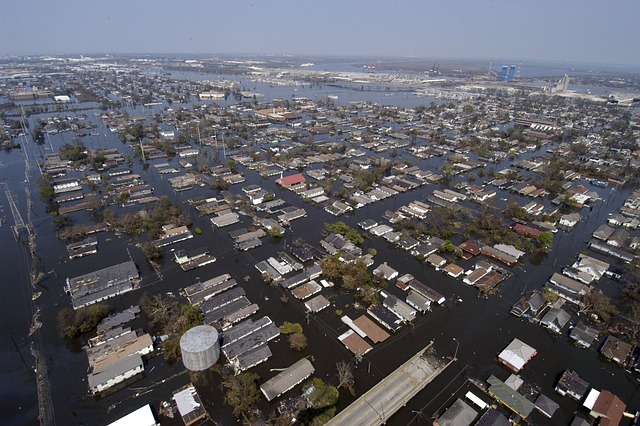

Building coverage protects your:
- Electrical and plumbing systems
- Furnaces and water heaters
- Refrigerators, cooking stoves, and built-in appliances like dishwashers
- Permanently installed carpeting
- Permanently installed cabinets, paneling, and bookcases
- Window blinds
- Foundation walls, anchorage systems, and staircases.
- Detached garages
- Fuel tanks, well water tanks and pumps, and solar energy equipment
Contents coverage protects your:
- Personal belongings such as clothing, furniture, and electronic equipment
- Curtains
- Washer and dryer
- Portable and window air conditioners
- Microwave oven
- Carpets not included in building coverage (e.g., carpet installed over wood floors)
- Valuable items such as original artwork and furs (up to $2,500)
What isn’t covered by flood insurance?
When determining coverage, the cause of flooding matters.
Flood insurance covers losses directly caused by flooding. In simple terms, a flood is an excess of water on land that is normally dry, affecting two or more acres of land or two or more properties.
For example, damage caused by a sewer backup is covered if the backup is a direct result of flooding. If the sewer backup is not caused directly by flooding, the damage is not covered.
Items not covered by building or contents coverage:
- Temporary housing and additional living expenses incurred while the building is being repaired or is unable to be occupied
- Property outside of an insured building. For example, landscaping, wells, septic systems, decks and patios, fences, seawalls, hot tubs, and swimming pools
- Financial losses caused by business interruption
- Currency, precious metals, stock certificates and other valuable papers
- Cars and most self-propelled vehicles, including their parts
- Personal property kept in basements
HOW FLOOD DAMAGE IS PAID
Replacement Cost Value (RCV) is the cost to rebuild a structure using same kind of material and construction without a deduction for depreciation.Actual Cash Value (ACV) is the cost to replace insured property less the value of physical depreciation.
If you make a claim and your building coverage is within 80% of the replacement cost of your home, and your home is your principal residence, your claim will be settled based on replacement cost (up to the amount of coverage you purchased).
Claims for personal property (contents coverage) are always paid based on ACV. It is important to keep this in mind when determining the amount of coverage to purchase.Talk to your insurance agent about RCV and ACV
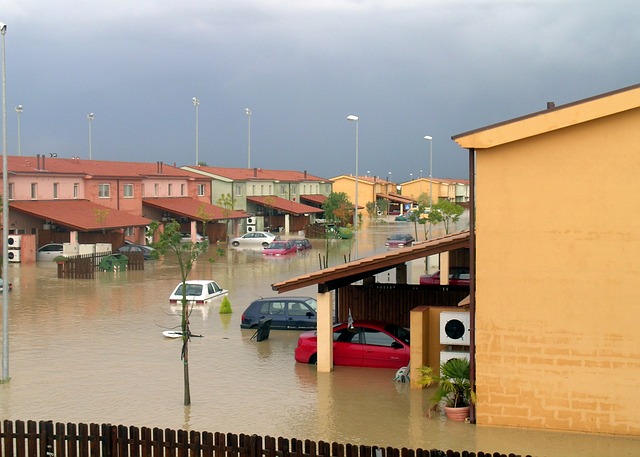
HOW FLOOD DAMAGE IS PAID

Replacement Cost Value (RCV) is the cost to rebuild a structure using same kind of material and construction without a deduction for depreciation.Actual Cash Value (ACV) is the cost to replace insured property less the value of physical depreciation.
If you make a claim and your building coverage is within 80% of the replacement cost of your home, and your home is your principal residence, your claim will be settled based on replacement cost (up to the amount of coverage you purchased).
Claims for personal property (contents coverage) are always paid based on ACV. It is important to keep this in mind when determining the amount of coverage to purchase.Talk to your insurance agent about RCV and ACV
Flood Insurance
The NFIP provides coverage for up to $250,000 for the structure of the home and $100,000 for personal possessions. The NFIP policy provides replacement cost coverage for the structure of your home, but only actual cash value coverage for your possessions. Replacement cost coverage pays to rebuild your home as it was before the damage. Actual cash value is replacement cost coverage minus depreciation so that the older your possessions are, the less you will get if they are damaged. There may also be limits on coverage for furniture and other belongings stored in your basement.
Flood insurance is available for renters as well as homeowners. You will need flood insurance if you live in a designated flood zone. But flooding can also occur in inland areas and away from major rivers. Consider buying a flood insurance policy if your house could be flooded by melting snow, an overflowing creek or pond or water running down a steep hill. Don’t wait for a flood season warning on the evening news to buy a policy—there is a 30-day waiting period before the coverage takes effect.
Excess flood insurance is also available from some private insurers for those who need additional insurance protection over and above the basic policy or whose community does not participate in the NFIP. Depending on the amount of coverage purchased, an excess flood insurance policy will cover damage above the limits of the federal program on the same basis as the federal program—replacement cost for the structure and actual cash value for the contents.
Excess flood insurance is available in all parts of the country—in high risk flood zones along the coast and close to major rivers as well as in areas of lower risk—wherever the federal program is available. It can be purchased from specialized companies through independent insurance agents, or from regular homeowners’ insurance companies that have arrangements with a specialized insurer to provide coverage to their policyholders.
To find out whether private primary flood insurance is available in your area, contact your insurance agent.
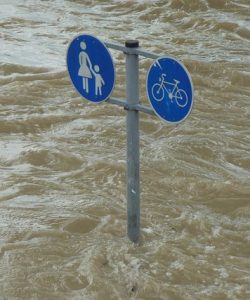

Excess flood insurance is also available from some private insurers for those who need additional insurance protection over and above the basic policy or whose community does not participate in the NFIP. Depending on the amount of coverage purchased, an excess flood insurance policy will cover damage above the limits of the federal program on the same basis as the federal program—replacement cost for the structure and actual cash value for the contents.
Excess flood insurance is available in all parts of the country—in high risk flood zones along the coast and close to major rivers as well as in areas of lower risk—wherever the federal program is available. It can be purchased from specialized companies through independent insurance agents, or from regular homeowners’ insurance companies that have arrangements with a specialized insurer to provide coverage to their policyholders.
To find out whether private primary flood insurance is available in your area, contact your insurance agent.
